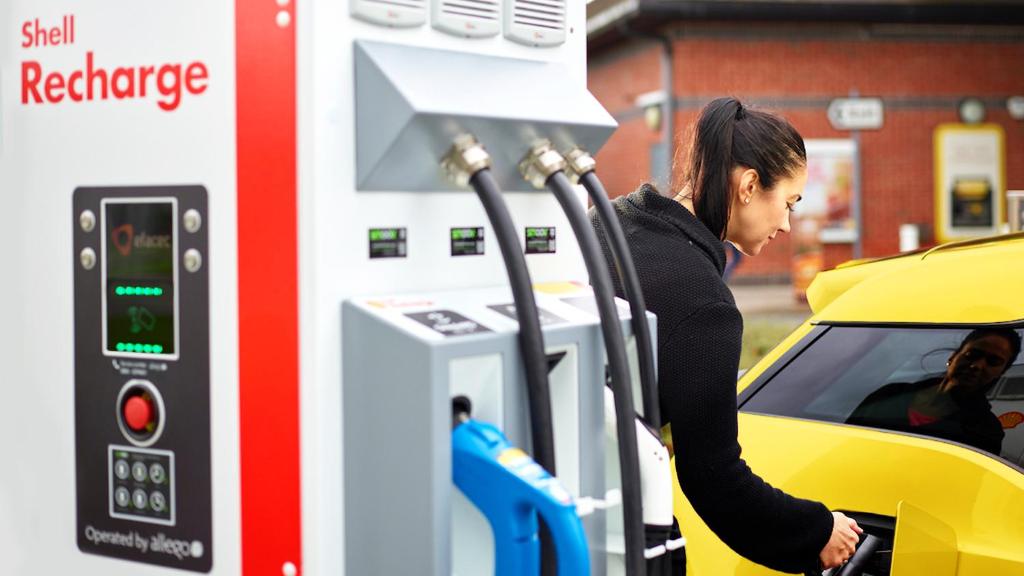Read The Full Article On: Businessnewsaus
A new charging solution launched today by Brisbane-based Tritium promises to simplify the payment process for charging electric vehicles (EV).
Called Plug and Charge, the technology enables an EV and a charger to communicate and authorise payments directly from the driver’s account, without the need for a card or tapping to pay.
The new technology, which Tritium says is the first of its kind on the market, is available immediately for charge point operators to deploy on its PK350kW DC High Power Chargers.
Drivers will be able to approach a charger, regardless of the charging network operator, and their charge session will be automatically and securely billed from the moment the charger plug connects to the vehicle.
“This firmly and irreversibly tips the convenience scales to the recharging experience over the refuelling experience,” said chief technology officer and co-founder of Tritium James Kennedy.
“It’s going to be as simple as how we charge our phones, but with the added benefit of charging our bank accounts at the same time.
“There is no more need for a membership card or even to swipe a bank card at a terminal; this is the first and most secure iteration available to the market and, once deployed to critical mass, will render any former payment process as archaic.”
Security concerns have also been alleviated by Kennedy who says the Plug and Charge solution is more secure than a card-swipe or RFID tag payment methods.
“A third party, such as Hubject which provides an automated and secure data exchange enabled by ISO 15118-conforming Public Key Infrastructure is responsible for cryptographic certifications between the vehicle and the charger, and our technology ensures we are securely storing cryptographic keys on the charger side in a way that other chargers can’t,” says Kennedy.
“You’re more likely to lose a card and have someone swipe it somewhere than by someone being able to access account details via our Plug and Charge technology.”
Related: Tritium puts electric vehicle charging expansion into gear with $200m pipeline
Before Plug and Charge the options available for EV owners were complex.
Kennedy believes that this level of complexity was yet another barrier in the way for customers looking to purchase an EV, and the simplicity should encourage a new batch of EV owners to emerge.
“Right now, EV drivers approaching an EV charger will likely have to sign up for that network’s system to access it and pay for the charging session, adding unnecessary time to the experience and siloing charger networks; even accounting for the ability to pay by credit card at some chargers this is wildly inconvenient,” Kennedy said.
“With Plug and Charge, you’ll be able to plug the charger into the vehicle and it just charges, from your battery to your account.
“Every charge point operator will soon look to do this; we see it from a payments perspective as no different to using a particular bank card at a competitor’s ATM. It’s taking the friction and hassle away from the experience and operators will benefit from this seamless experience.”
Kennedy says as new vehicles begin to be rolled out, and with them the technology to secure the cryptographic key on the vehicle side built into the vehicle itself, the technology will lead to a new era for electric vehicle drivers.
“This is a game changer for EV drivers in the future, making the charging as simple and as easy as it is for Android phones to charge with a USB-C adapter, for instance,” Kennedy said.
“It will just work.”

